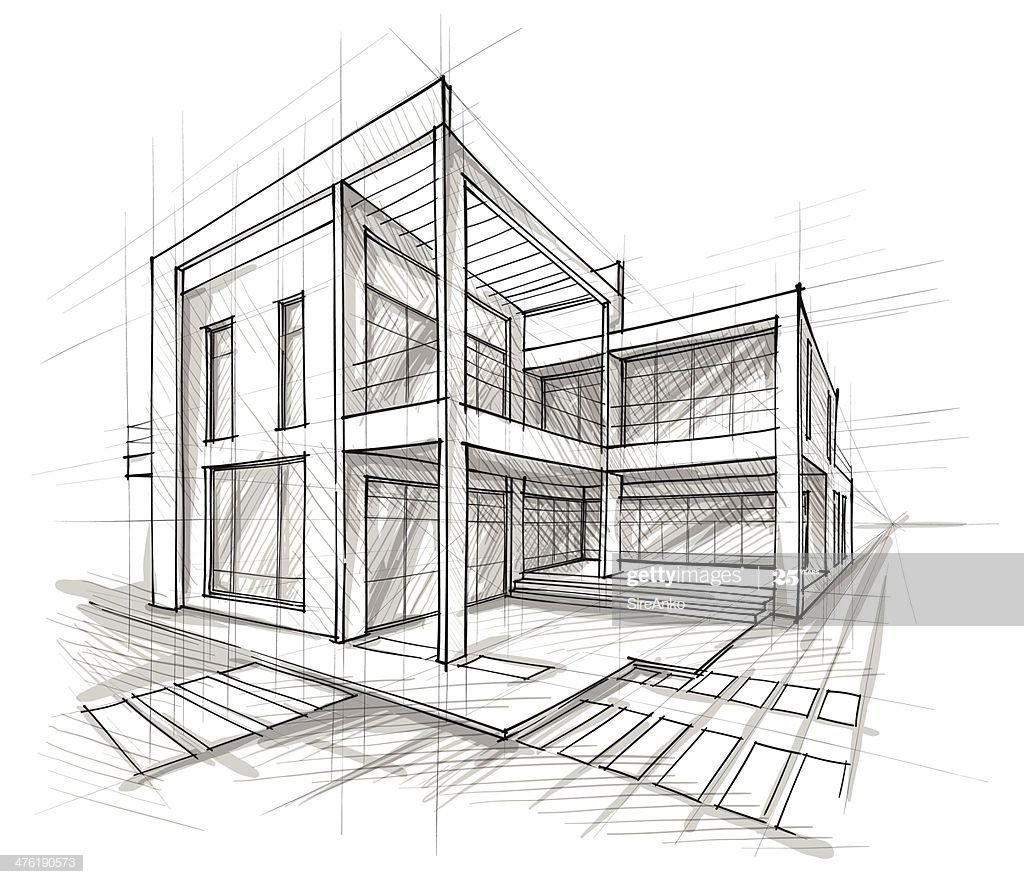In the architecture world, there are a lot of debates between the modes and methods of representation. Choosing between hand renderings and computer-generated 3D renderings is one such debate that has prevailed for a long now. This also probably the most enduring argument right now. The world of architectural representation is ever-evolving with time and technology. We see innumerable possibilities! Right from using paint and brush to virtual tools and keyboard commands; the rendering techniques have evolved quite a lot. The best part is none of the techniques is out of fashion, we see everyone works as per their preferences, eve today hand renderings hold a great amount of respect for the efforts, time and focus the is spent on.
Not that computer-generated renderings or 3D developments require fewer efforts, but both cannot be simply compared. These two modes of architectural representation might lead to the same result but the process in itself are different schools of thought.


But still, if we need to look at this comparison more analytically, let us have a close look at each of these and decide what wins – Hand renderings or computer-generated realistic 3D renderings.
Hand Renderings

This mode of architectural drawing representation is seen more of as an art. It involves technical details along with the architect’s artistic expressions. Hand renderings like any other art, help the artist (Architect) to relive his/her designs and express them in a way he or she is comfortable with. Hand renderings were the only resort to express architectural drawings before the advent of computer-aided design software and platforms. They are the basic skill and the first exposure towards architectural drawings to a young architect. These are thus a part of the history that is lived still today.
But like any manual art, hand renderings have their set of limitations as well. What are these limitations?
Takes too much time and effort -may not be feasible in today’s fast-paced life.
They are not easy to alter – Considering today’s scenario where changes in design are quite common, hand renderings are not the best choice always.
Economical viability– Considering the amount of time these take, it also proves to be a commercially weak prospect.
Art is subjective– Hand renderings are more artistic and not realistic, may not resonate with the client same as it resonates with the architect.
Computer Generated 3D Renderings

Computer-generated 3D Rendering is more of a skill than art. It is a skill that enables architects to generate architectural representations more realistically and easily. These are easier and economically viable. Moreover, changes can be done easily and modification is very easy in this case. But these have some shortcomings. Let us see what they are:
Exclusivity– Hand renderings are individual pieces of art whereas computer-generated drawings can look similar and monotonous.
Hindrance to self-expression – Presets in the computer system can lead to being a hindrance to individuality and ideas.
Hand Renderings v/s Computer generated 3D Renderings
So Hand Drawing or Computer Rendering? I am sure the most cliched and regular take on this would be not choosing a side and would sound mostly like this: Hand drawing and computer rendering are crucial. An architect surely needs to know his basic tool – pencil but must also be aligned with the current technologies and advancements in the field. Ultimately no matter what path you chose the result is important. Whatever may be the mode the representation must get through the receiver (mostly client) easily.
In Conclusion
But I have a slightly different take on this. On a personal note, I feel, most of the problem we have in the architectural fraternity today is cause we are still stuck to outdated modes of operations and still stuck to the methods and practices of the past. Hand rendering is just a way of representation, but a method that takes too much time and effort. Thus we can instead shift to computer-generated drawings that are easy to generate, much more realistic, and legible for all irrespective of the understanding of architectural drawings. Spending time and effort on creating a good art piece is good, no doubt ut then we know how the industry works today, there is a last-minute change on-site as well. In this scenario isn’t it better to resort to automated systems that make the process much easier?



